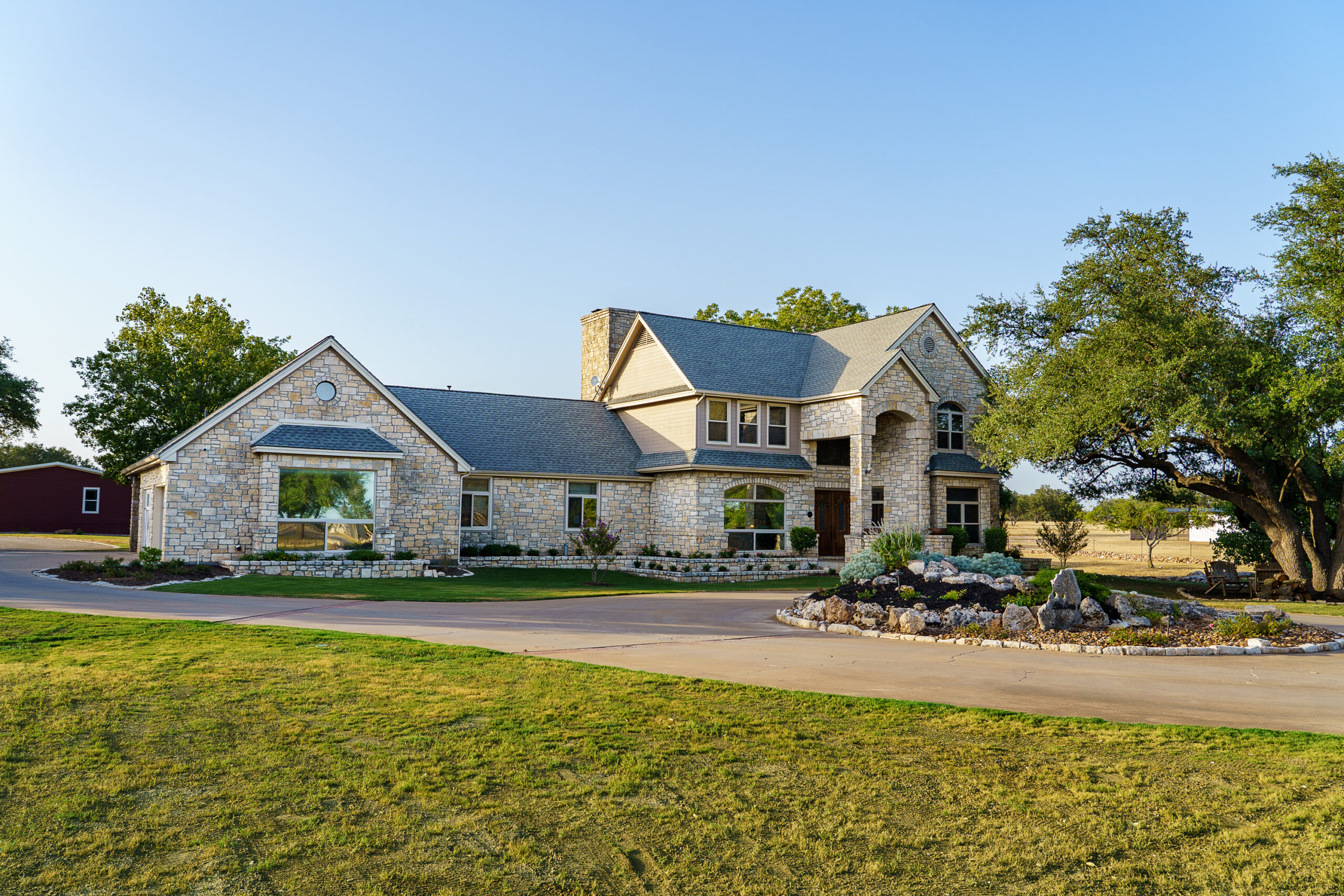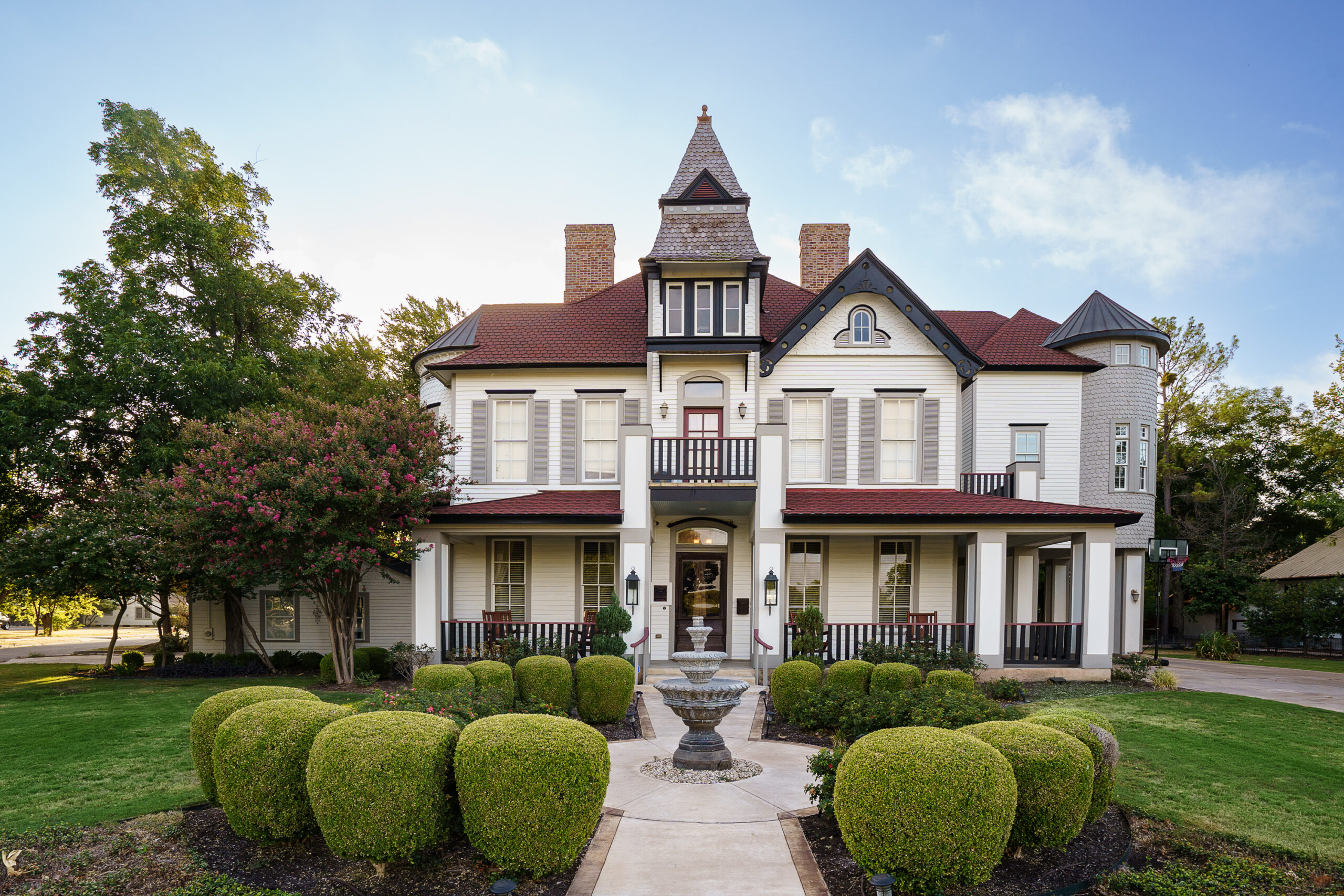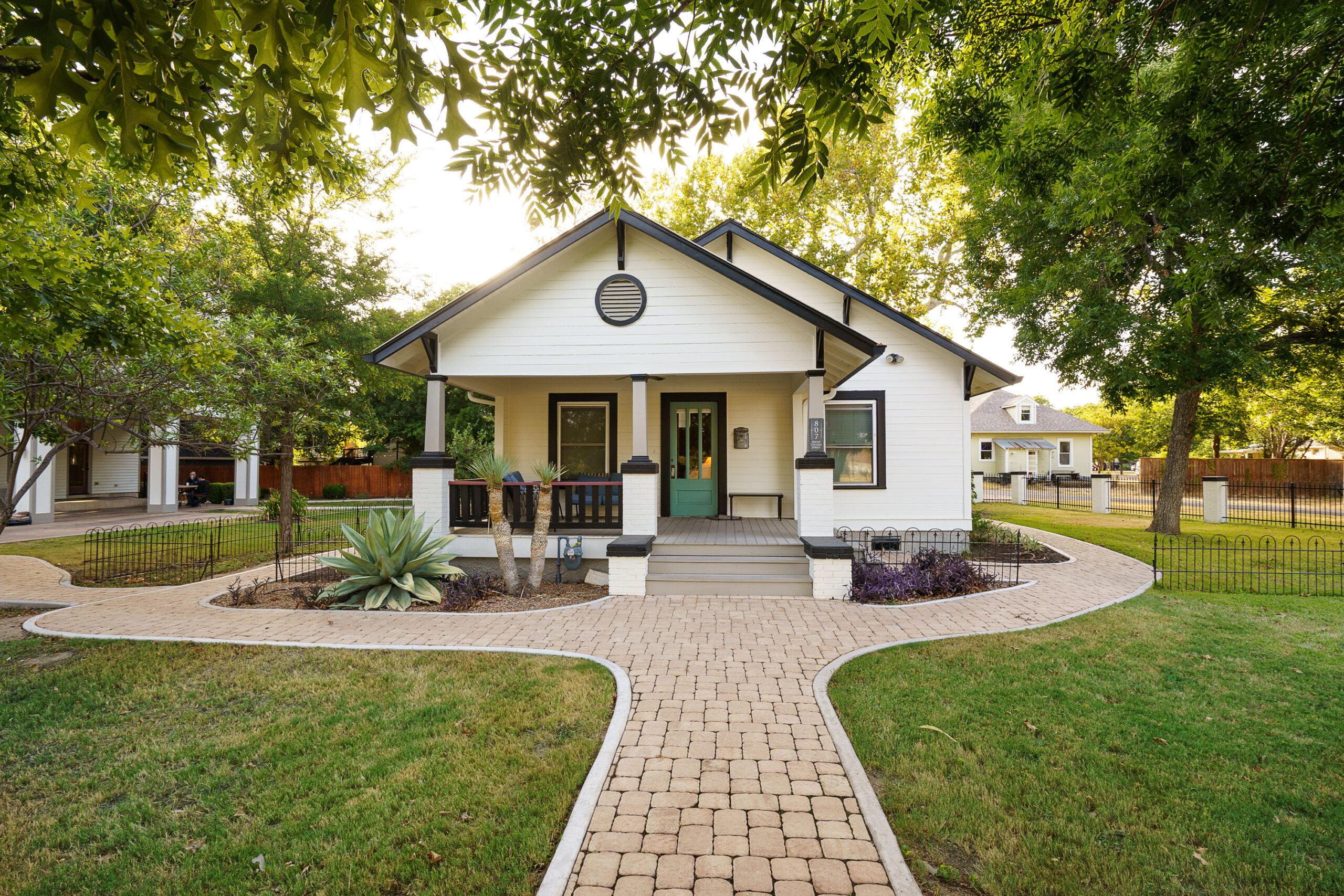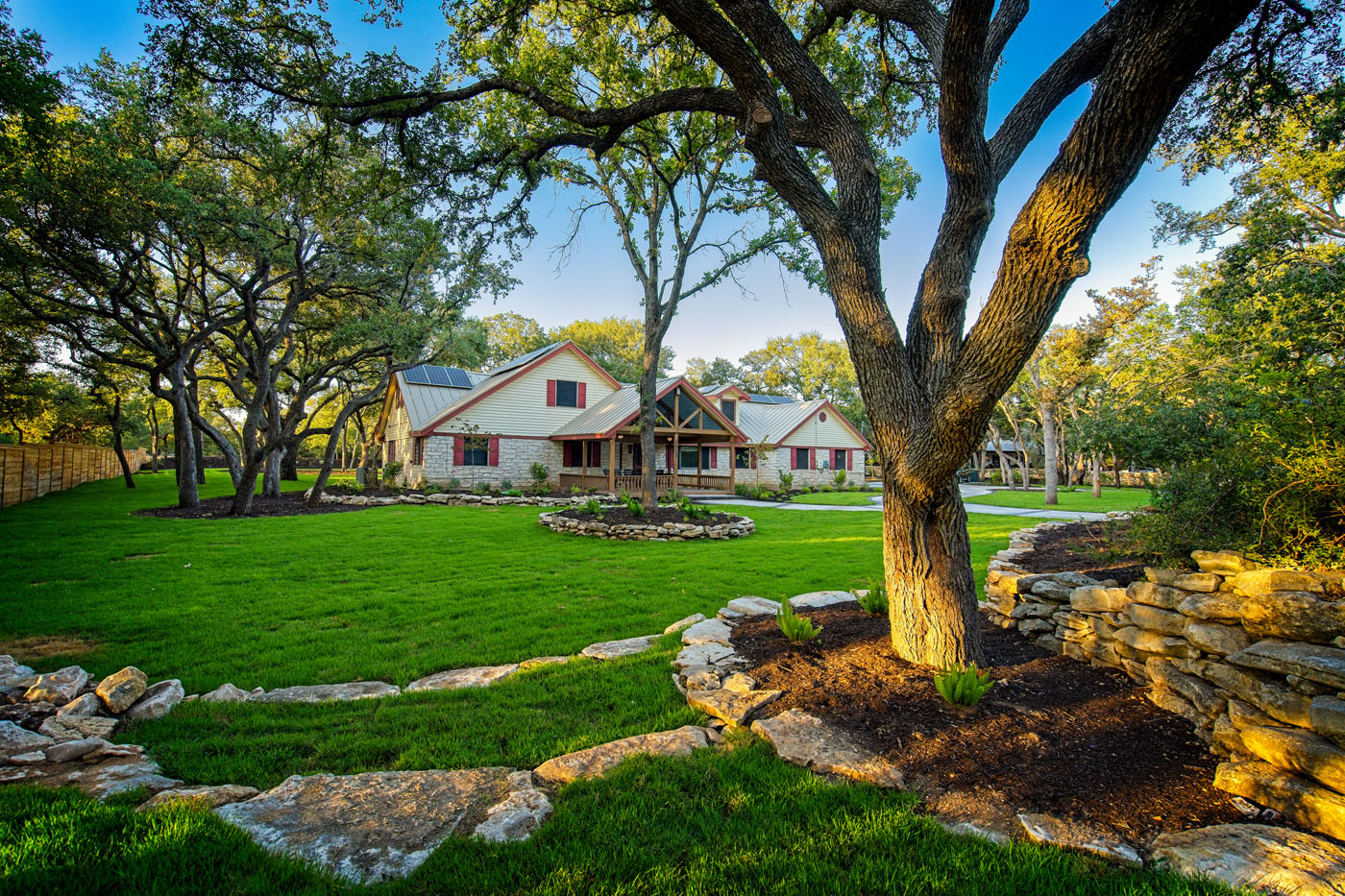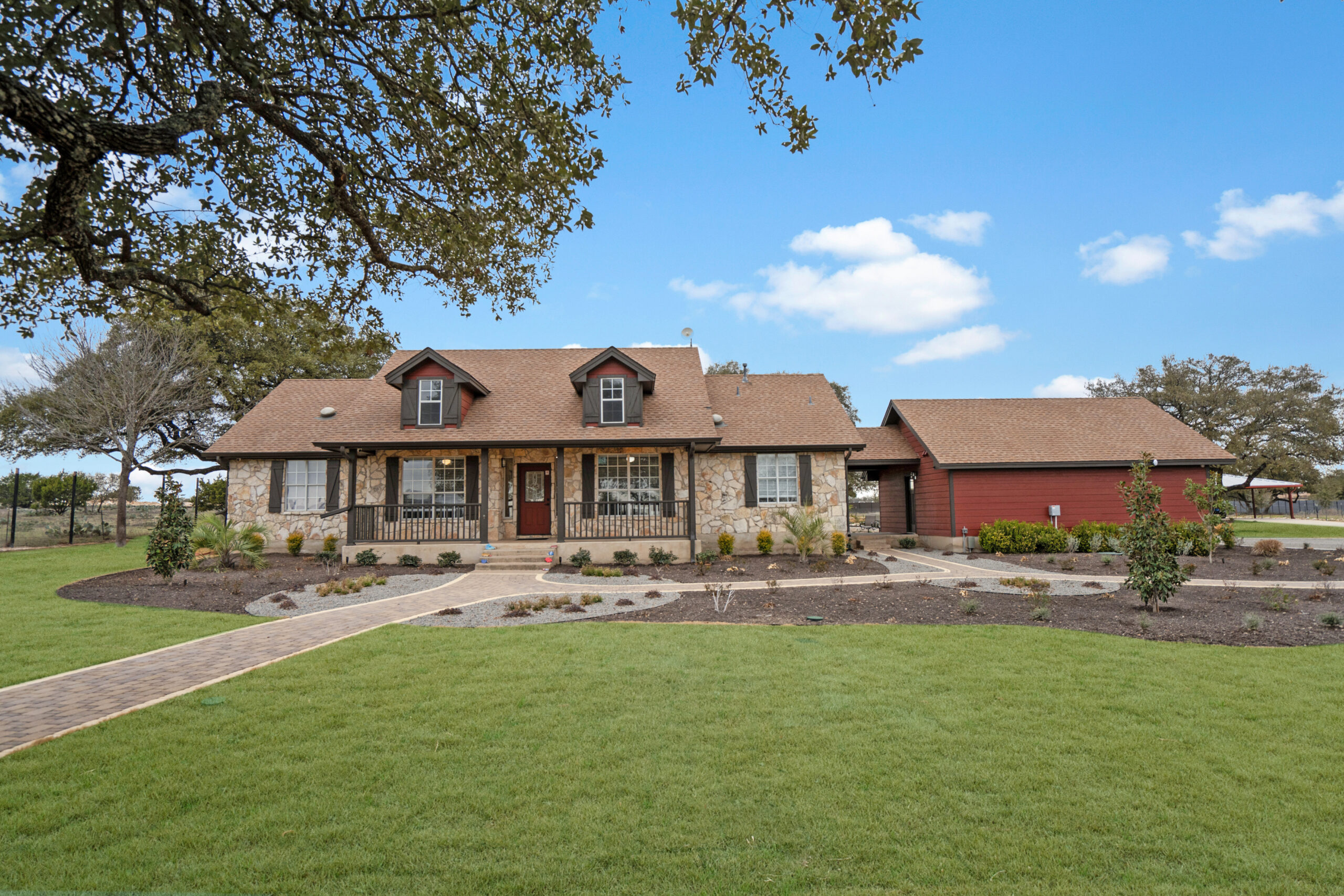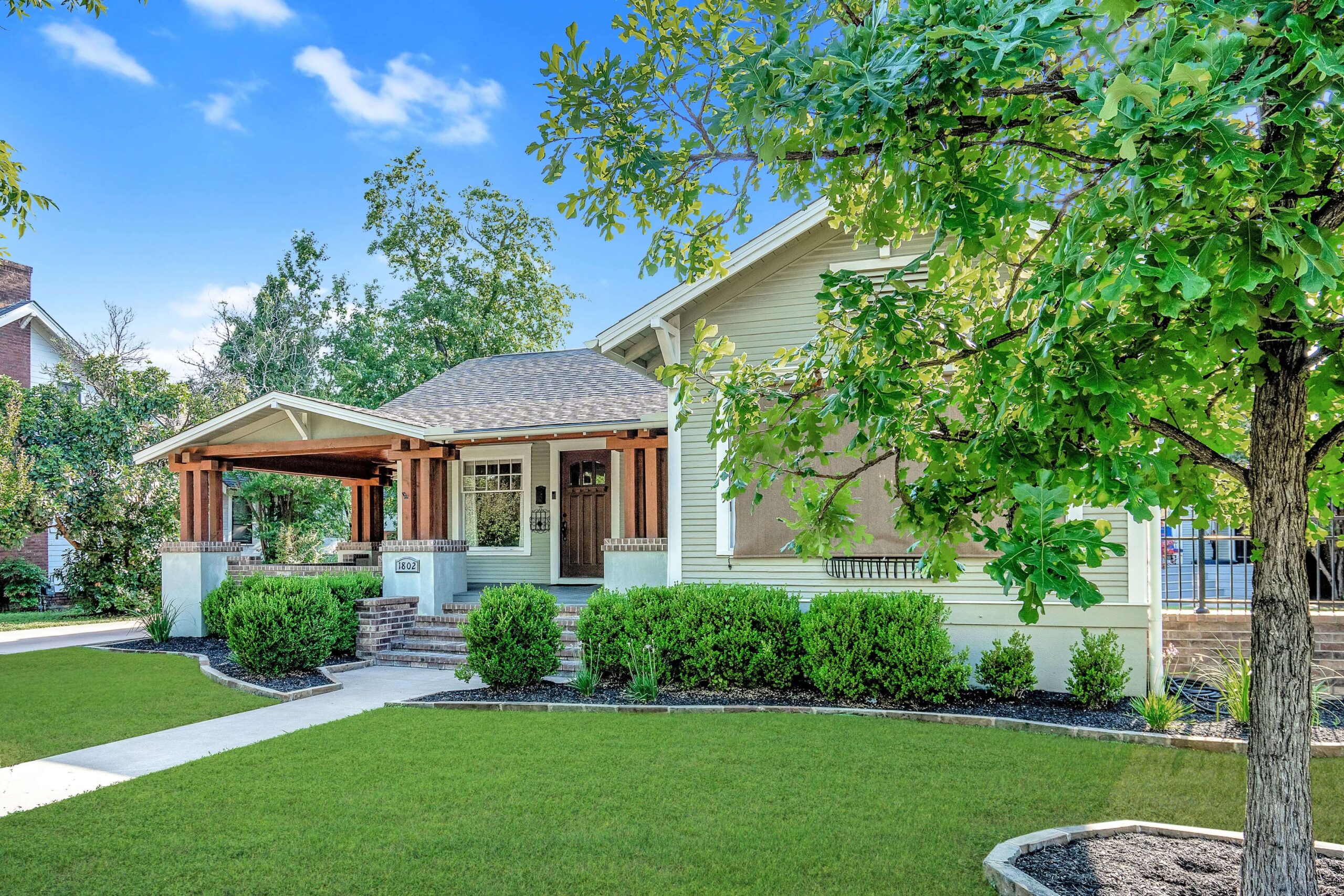The Benefits of Residential Treatment for Bipolar Women
Residential treatment bipolar women services offer an immersive healing environment where women can focus solely on their recovery journey. Unlike outpatient programs, residential treatment provides a structured setting that minimizes outside distractions, allowing individuals to concentrate on therapeutic activities and emotional growth. At Alta Loma, the holistic approach ensures that every woman receives tailored care addressing both her mental health and personal development.
Professional support is a cornerstone of residential treatment. A comprehensive team of medical experts, therapists, and support staff are available around the clock, ensuring immediate and continual assistance. This environment fosters a deep sense of community and belonging, which is essential for lasting recovery from bipolar disorder.
Access to varied therapeutic modalities is another significant advantage. Women in residential programs benefit from a diverse range of therapies including cognitive behavioral therapy (CBT), art therapy, and group sessions, which collectively enhance coping mechanisms and self-awareness.
Why Choose Residential Treatment?
Choosing the right setting for treatment is crucial, and residential treatment bipolar women facilities offer unique benefits tailored to female patients. These programs are designed to offer intensive, focused care that addresses the specific needs and challenges faced by women with bipolar disorder.
One unique aspect of residential programs is the emphasis on integrating physical and mental well-being. At Alta Loma, nutritional planning and physical activities are part of the daily routine, helping residents improve not just mentally but also physically, contributing to an overall sense of well-being.
Furthermore, residential treatment centers often provide aftercare planning, ensuring that women have a solid support network and resources to transition smoothly back into their daily lives post-treatment. This continuity of care is vital for maintaining stability and preventing relapse.
Empowerment plays a significant role in recovery. Through various therapeutic interventions, women are encouraged to take ownership of their healing process, fostering independence and resilience that stick long after they leave the center.
What Qualifies as a Residential Treatment Bipolar Women Emergency?
A residential treatment bipolar women emergency is any situation where an individual’s safety or mental health is at immediate risk, necessitating urgent intervention. This could include severe mood swings, suicidal ideation, or psychotic episodes that require stabilization in a secure and supportive environment.
During such emergencies, residential facilities like Alta Loma are prepared to provide swift action. Here’s a quick overview of the steps involved:
- Assessment: Immediate evaluation by a professional to determine the nature and severity of the crisis.
- Stabilization: Implementing interventions to restore safety and calmness.
- Therapeutic Support: Intensive therapy sessions to address immediate issues and develop coping strategies.
- Follow-Up: Continuous monitoring and adjustment of treatment plans as the individual’s condition evolves.
These steps are crucial in managing emergencies effectively and ensuring the safety of all residents.
Personal Insights on Bipolar Residential Treatment
Having worked in the mental health field for over two decades, I have witnessed firsthand the transformative power of residential treatment for women. One memory that stands out involves a patient named Lisa. Lisa came to Alta Loma struggling with severe bipolar disorder. Through personalized care and a supportive community, she not only managed her symptoms but went on to become an advocate for mental health awareness.
These programs offer more than just symptom management; they provide hope, support, and a pathway to a fulfilling life. The journey is often difficult, but with the right support, women like Lisa can achieve remarkable recovery and resilience.
Women in these programs develop strong bonds with peers, creating a sisterhood of sorts that supports them through thick and thin. This shared experience is invaluable, providing emotional anchors that help patients stay grounded during challenging times.
Features of Quality Residential Treatment Centers
When evaluating residential treatment bipolar women facilities, several features signify quality and efficacy. Accredited centers provide evidence-based treatments tailored to individual needs, ensuring that each woman receives the most effective interventions.
Community Integration is also paramount. Quality centers offer programs that connect residents with community resources, aiding in their transition to independent living. This might include career counseling, educational opportunities, and volunteer work, all designed to build life skills and self-sufficiency.
- 24/7 Support: Continuous professional support is critical for effective treatment and safety.
- Holistic Approach: Incorporates medical, psychological, and social aspects of health.
- Individualized Care Plans: Tailored treatment options that address unique needs and preferences.
- Family Involvement: Encouragement of family participation in the healing process enhances outcomes.
Residents benefit from a serene environment that promotes relaxation and healing, away from everyday stressors that can trigger episodes.
